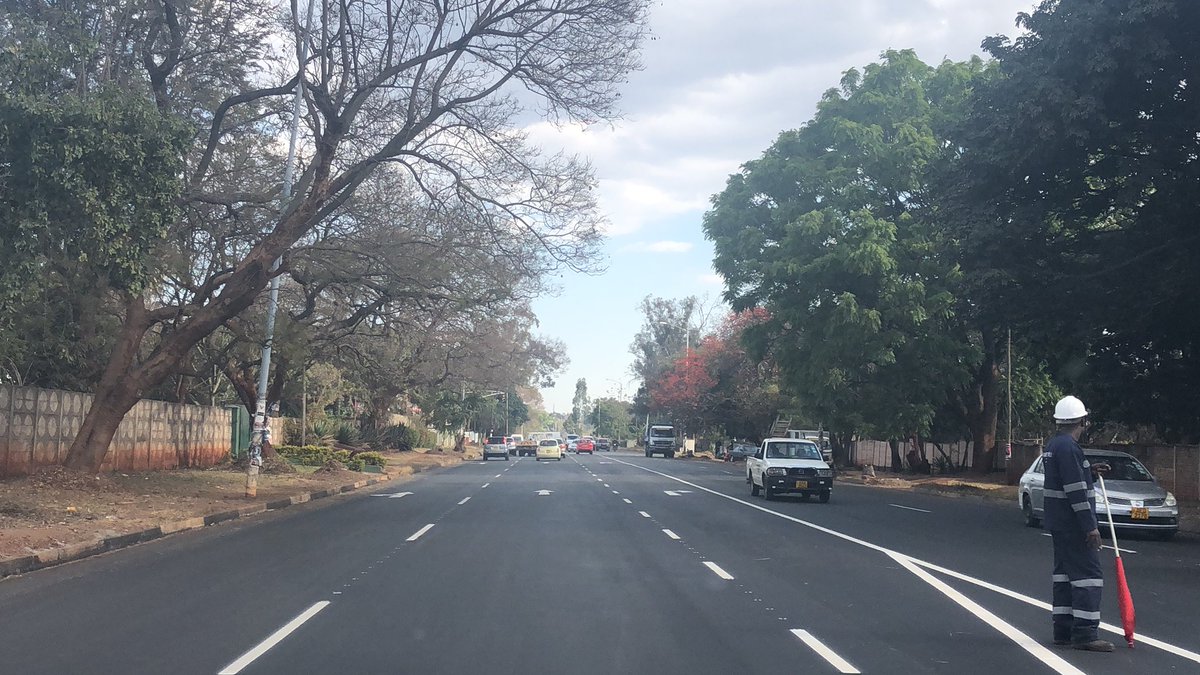By Rudo Saungweme
Government`s policy reforms which also encompasses infrastructure development is key to modernising and boosting productivity in all the productive sectors, as well as facilitating delivery of social services to the nation.
The Transitional Stabilisation Programme (TSP) launched by Minister of Finance and Economic Development Professor Mthuli Ncube together with the Infrastructure Investment Plan will see Zimbabwe attaining its vision of a middle income economy by 2030 through modernised infrastructure.
In the Second Republic, the Government is embarking on a number of infrastructural development initiatives as it moves to achieve its 2030 vision. This journey will see Zimbabwe developing at an accelerating rate. The road will encompass a lot of projects.
Hence to achieve Zimbabwe`s vision 2030 Kariba South Expansion Project was successfully completed this year adding 300 megawatts to the national grid reducing the country`s import bill from Eskom of South Africa and Hydro Cabbora Basa of Mozambique. The project was funded by Chinese hydro power engineering and construction firm, Sino Hydro.
The expansion project has lifted installed capacity for the plant from 750MW to 1,050 MW, making it the largest power plant in Zimbabwe after overtaking Hwange thermal power station whose installed capacity is 900 MW.
According to the Infrastructure Investment Plan launched by Professor Ncube in November 2018 “State-led infrastructure investments stimulate the economy through demand and supply factors, allowing the country to produce goods and services more efficiently, whilst facilitating balanced growth and improvements in the quality of life for citizens.”
The Infrastructure Investment Plan has revealed that increasing the stock of infrastructure by 1 percent can add up to 1 percent to gross domestic product in the short term, mainly through stimulation of economic activity, whilst increasing overall productivity in the long term.
Government efforts for allocating foreign currency towards development projects are being appreciated by many. The Investment Plan highlighted that Government will ring fence resources, including foreign currency, for critical inputs in support of on-going works, whilst also allowing for recovery and growth of the local construction industry.
Government has this year completed a number of infrastructural projects which includes, Mutare High Court Building, Kariba South Expansion Project, upgrading of 512 kilometres of the national road network, with 19273 kilometres having been graded as of 30 June 2018, 48 bridges, Criminal Intelligence Department Headquarters in Harare, Nyanga District Registry Office and Midlands State University Innovation Hub in Gweru all in a bid to achieve the vision 2030.
Minister Ncube emphasised that the 2019 budget, prioritises the use of local content in the delivery of infrastructure. He added saying, it will capacitate Zimbabwe`s construction sector, including other productive sectors, whilst also reducing demand for foreign currency in the economy.
The Finance ministry has allocated US$2.6 billion towards infrastructure development for 2019. From this allocation, US$1.1 billion will be mobilised through the budget, and US$1.5 billion as off budget financing.
Government is also working on developing activities for identified idle water bodies in the country to maximise benefits to citizens. The new administration targets to complete Tugwi-Mukosi Irrigation, Kunzvi-Musami Harare Water Supply, Harare-Nyamapanda Road Rehabilitation, Zhove Irrigation Scheme and a number of Schools Infrastructure projects. The Investment Plan states, “Investments in social infrastructure, such as schools, clinics and roads, ensure attractive and safe communities for people to live and work from, and opens opportunities for participation of the wider population in mainstream economic activity.”
Government will also dwell on key interventions towards inclusive growth and balanced development. The Physical Planning Department will undertake surveys that will facilitate issuance of Title deeds critical for private investment at Growth Points and Rural Service Centres. Our Government which walks the talk has already started to make deliberations on the matter specifically targeting areas in Caledonia, Seke, Chitungwiza and Ushewokunze among others.
Fiscal transfers to Provincial Councils and local authorities through the 5 percent constitutional requirement, targeting basic infrastructure has also started to be implemented with the Ministry of Local Government and Public Works and National Housing.
Implementation of devolution enjoins central Government to release funds for provincial budgets to ensure that areas lagging behind in development are prioritised. In an interview with The Herald, Minister Moyo said the ministry was working in areas that have been lagging behind in electricity or sewerage reticulation services.
The informal settlements and provision of necessities of life for marginalised communities will be regularised in the journey to economic development so as to attain the middle income economy. Rural physical infrastructure, targeting feeder roads, education and health facilities, irrigation development, safe drinking water supply and sanitation among others will be prioritised by the Ministry of Local Government.
The policy reforms packed by the New Dispensation will assist tremendously in this journey to economic development. Among the policy reforms the engaging and reengaging process also plays a major role in the path to economic development.
Rome was not built in a day, with one brick at a time Zimbabwe will attain the 2030 vision.




